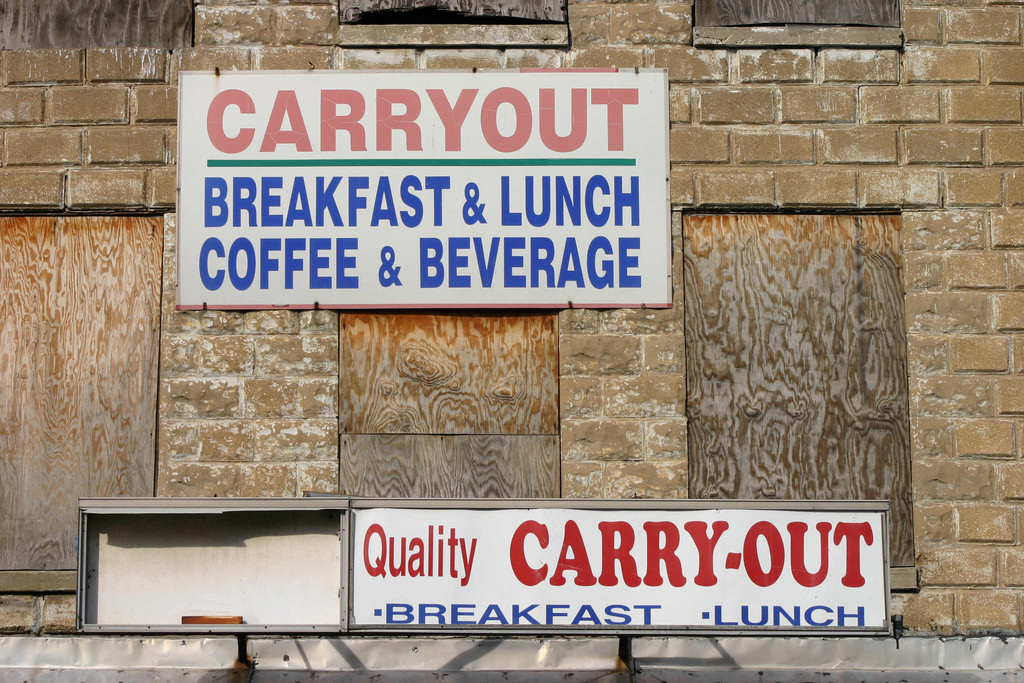A recent study from the Johns Hopkins Bloomberg School of Public Health produced evidence that it is possible for small takeout restaurants to help improve community health by offering healthier options on their menus and even make more money by doing so.
According to Christina Rexrode, restaurants tend to be hesitant about reforming their menus and offering healthier options because the revamping of menus can be difficult and expensive, especially if the revenue is too low to justify the change. She believes that healthy food appears to be only a small proportion of revenue at fast food and takeout chains. Healthier foods also tend to be on the more expensive side of the menu, which makes some stores uncertain about sustaining sales in low income areas if customers are more interested in stretching their food dollars and generally opt for the cheaper, less healthy options.
Image Source: CreativeI
In 2011, a small pilot program in Baltimore worked with several mom-and-pop carryout restaurants in low-income, African American neighborhoods to promote and sell healthier menu items. The researchers worked with the store owners to redesign their menus, employ marketing strategies (larger photos of healthier options, used “fresh” instead of “healthy” in descriptions, discounted healthy combo meals, in-store taste tests), and gradually introduce healthy side dishes, beverages, and entrees over the three phases of the program.
Researchers analyzed the receipts from stores that made changes to the healthier menu and those that did not. They found that the healthier menu items not only improved customer eating habits, but also increased the stores’ gross revenue by an average of 25% with increases in revenue as early as the menu redesign.
By increasing the number of healthy options on the menu and promoting them more heavily in the store, revenue from those items increased by 62%. A 2014 study on supermarkets actually found that in-store marketing strategies to draw attention to healthier items may be more effective and sustainable for improving diet.
Studies like these and further research into the marketing of healthy items are important for enhancing the sales of healthy food and beverages, positively affecting diet quality of neighborhoods, and reducing risks of diet-related diseases in the community. Findings like those from the Baltimore program would make it easier to convince more restaurants to alter their menus because owners can be provided with evidence that selling wider varieties of healthy items can actually be profitable.
Feature Image Source: Elvert Barnes










